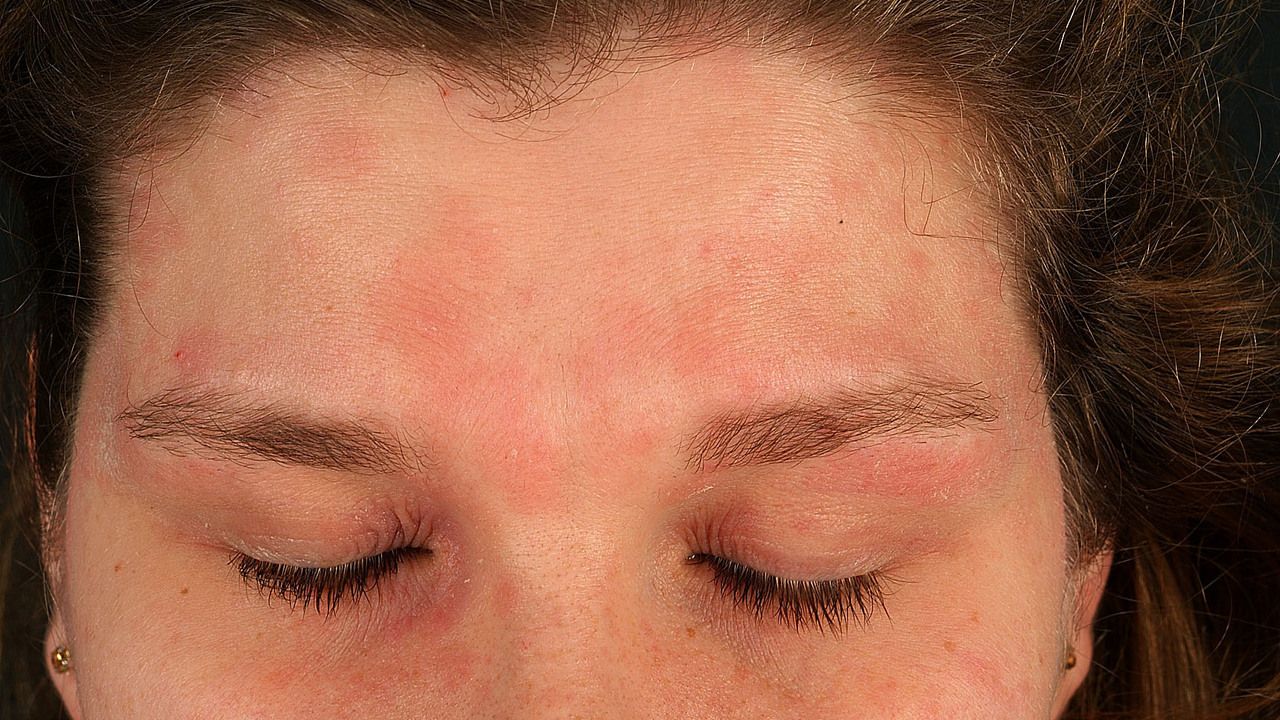
Unna's Seborrhoeic Eczema is a skin condition that many people might not know much about. This type of eczema, also known as seborrheic dermatitis, often affects areas rich in oil glands like the scalp, face, and upper chest. Characterized by red, itchy, and flaky skin, it can be quite uncomfortable and sometimes embarrassing. While it shares similarities with other types of eczema, its causes and treatments can differ. Understanding this condition can help manage symptoms better and improve quality of life. Whether you're dealing with it yourself or know someone who is, these facts will provide valuable insights into Unna's Seborrhoeic Eczema.
Key Takeaways:
- Unna's Seborrhoeic Eczema, also known as seborrheic dermatitis, is a common skin condition that causes red, itchy skin and stubborn dandruff. It can affect people of all ages and is linked to factors like genetics, hormonal changes, and stress.
- Treatment options for Unna's Seborrhoeic Eczema include medicated shampoos, topical steroids, antifungal creams, moisturizers, and lifestyle changes. While there is no permanent cure, symptoms can be effectively managed with proper treatment and care.
What is Unna's Seborrhoeic Eczema?
Unna's Seborrhoeic Eczema, also known as seborrheic dermatitis, is a common skin condition that primarily affects the scalp, face, and torso. It causes scaly patches, red skin, and stubborn dandruff. Let's dive into some fascinating facts about this condition.
-
Named After Paul Gerson Unna: This skin condition is named after the German dermatologist Paul Gerson Unna, who first described it in the 19th century.
-
Common in Infants: Often called "cradle cap" in infants, it usually appears as thick, crusty, yellow or brown scales on a baby's scalp.
-
Affects Adults Too: While common in infants, it also affects adults, particularly those aged 30 to 60.
-
Linked to Yeast: The condition is associated with a yeast called Malassezia, which is found on the skin's surface.
-
Not Contagious: Despite its appearance, seborrheic eczema is not contagious and cannot be spread from person to person.
Symptoms and Diagnosis
Understanding the symptoms and how this condition is diagnosed can help in managing it effectively.
-
Red, Itchy Skin: One of the primary symptoms is red, itchy skin, often accompanied by a burning sensation.
-
Greasy Scales: The affected areas may have greasy scales or flakes, which can be white or yellowish.
-
Common Areas: It typically affects the scalp, eyebrows, eyelids, sides of the nose, and behind the ears.
-
Seasonal Flare-Ups: Symptoms often worsen in the winter and improve in the summer.
-
Clinical Diagnosis: Diagnosis is usually made based on the appearance of the skin and the location of the symptoms.
Causes and Risk Factors
Several factors contribute to the development of Unna's Seborrhoeic Eczema. Knowing these can help in prevention and treatment.
-
Genetic Predisposition: Genetics play a significant role, and it often runs in families.
-
Hormonal Changes: Hormonal changes, particularly during puberty, can trigger or worsen the condition.
-
Stress: High stress levels can exacerbate symptoms, making the condition more noticeable.
-
Weather Conditions: Cold, dry weather can lead to flare-ups, while humid conditions may provide relief.
-
Immune System: A weakened immune system can increase the risk of developing seborrheic eczema.
Treatment Options
Various treatments can help manage the symptoms and improve the quality of life for those affected.
-
Medicated Shampoos: Shampoos containing ketoconazole, selenium sulfide, or zinc pyrithione can help control scalp symptoms.
-
Topical Steroids: Mild corticosteroid creams can reduce inflammation and itching.
-
Antifungal Creams: These creams can help reduce the yeast that contributes to the condition.
-
Moisturizers: Regular use of moisturizers can help keep the skin hydrated and reduce scaling.
-
Lifestyle Changes: Reducing stress, maintaining a healthy diet, and avoiding harsh soaps can help manage symptoms.
Myths and Misconceptions
There are many myths surrounding Unna's Seborrhoeic Eczema. Let's clear up some of the most common ones.
-
Poor Hygiene: Many believe poor hygiene causes seborrheic eczema, but this is not true. It is related to skin conditions and not cleanliness.
-
Diet: While a healthy diet can improve overall skin health, there is no direct link between diet and seborrheic eczema.
-
Permanent Cure: There is no permanent cure for seborrheic eczema, but symptoms can be managed effectively with treatment.
-
Only Affects Scalp: Although it commonly affects the scalp, it can also appear on the face, chest, and other body parts.
-
Age-Specific: While it is common in infants and middle-aged adults, seborrheic eczema can affect people of any age.
Final Thoughts on Unna's Seborrhoeic Eczema
Unna's Seborrhoeic Eczema, a chronic skin condition, affects many people worldwide. Understanding its symptoms, causes, and treatments can make managing it easier. This condition often presents as red, scaly patches on the scalp, face, and other oily areas of the body. While the exact cause remains unknown, factors like genetics, stress, and yeast overgrowth play significant roles.
Treatment options range from over-the-counter shampoos and creams to prescription medications. Regularly moisturizing and avoiding harsh soaps can also help. Though there's no cure, many find relief through consistent care and medical guidance.
Staying informed about Unna's Seborrhoeic Eczema empowers those affected to take control of their skin health. With the right approach, managing this condition becomes less daunting, allowing individuals to lead more comfortable lives.
Frequently Asked Questions
Was this page helpful?
Our commitment to delivering trustworthy and engaging content is at the heart of what we do. Each fact on our site is contributed by real users like you, bringing a wealth of diverse insights and information. To ensure the highest standards of accuracy and reliability, our dedicated editors meticulously review each submission. This process guarantees that the facts we share are not only fascinating but also credible. Trust in our commitment to quality and authenticity as you explore and learn with us.
